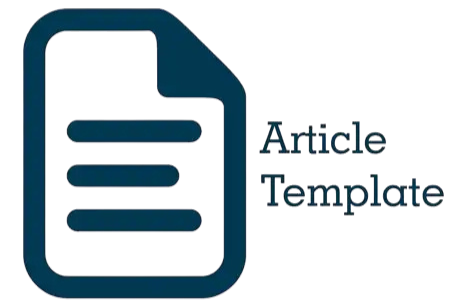Pendayagunaan Sampah Menjadi Produk Kerajinan
DOI:
https://doi.org/10.21580/dms.2017.171.1505Keywords:
pendayagunaan, pengelolaan, pelatihan, produk sampah.Abstract
Waste management is still defined as limited to collection, transportation and garbage disposal. The follow-up of the meaning is the provision of facilities such as garbage bins, garbage trucks and waste collection land. Waste management has not included waste separation. Segregation of waste can minimize the amount of waste that must be discharged to the final place. Segregation of waste can supply recyclable raw materials and handicrafts made from garbage. The manufacture of handicraft products from garbage is still local and requires socialization and training. It is needed to increase the number of craftsmen and garbage absorption on the crafters. Through careful socialization and training, citizens' awareness of waste management becomes advanced by making handicrafts of economic value from waste materials.Downloads
References
Chandra, Dr. Budiman. Pengantar Kesehatan Lingkungan. 2007. Jakarta: Penerbit Buku Kedokteran
Hartono, Rudi. Penanganan dan Pengelolaan Sampah. Penebar Swadaya
UU No. 18 Tahun 2008
Wirjoatmodjo,Nuning dan Fardah Assegaf.Langkah Kecil Untuk Lompatan Besar. 2004. UNESCO: Jakarta Office
Yuwono,Rudi et. al. Kalau Sulit Dilawan, Jadikan Kawan. November 2007. Kelompok Kerja Air Minum dan Penyehatan Lingkungan (AMPL)
Environmental Services Program. Comparative Assessment on Community Based Solid Waste Management (CBSWM) – Medan, Bandung, Subang, and Surabaya. November 2006. Development Alternatives, Inc. for USAID
Downloads
Published
Issue
Section
License
Copyright
The copyright of the received article shall be assigned to the journal as the publisher of the journal. The intended copyright includes the right to publish the article in various forms (including reprints). The journal maintains the publishing rights to the published articles. Therefore, the author must submit a statement of the Copyright Transfer Agreement.*)
Licensing

This work is licensed under a Creative Commons Attribution-ShareAlike 4.0 International License.
In line with the license, authors are allowed to share and adapt the material. In addition, the material must be given appropriate credit, provided with a link to the license, and indicated if changes were made. If authors remix, transform or build upon the material, authors must distribute their contributions under the same license as the original.
_______
*) Authors whose articles are accepted for publication will receive confirmation via email and send a Copyright Transfer Agreement.









